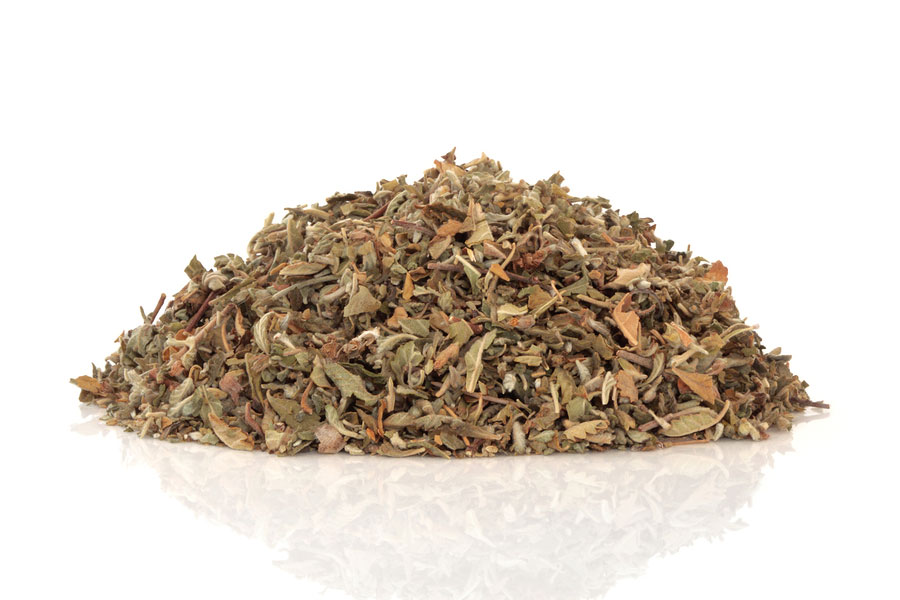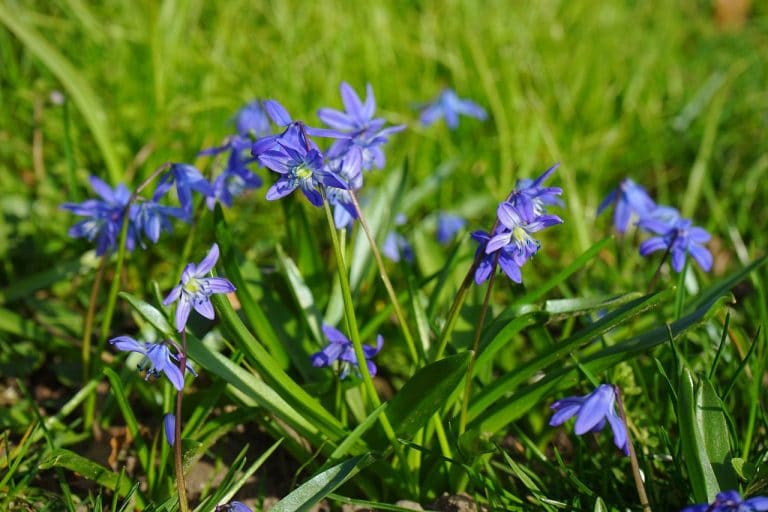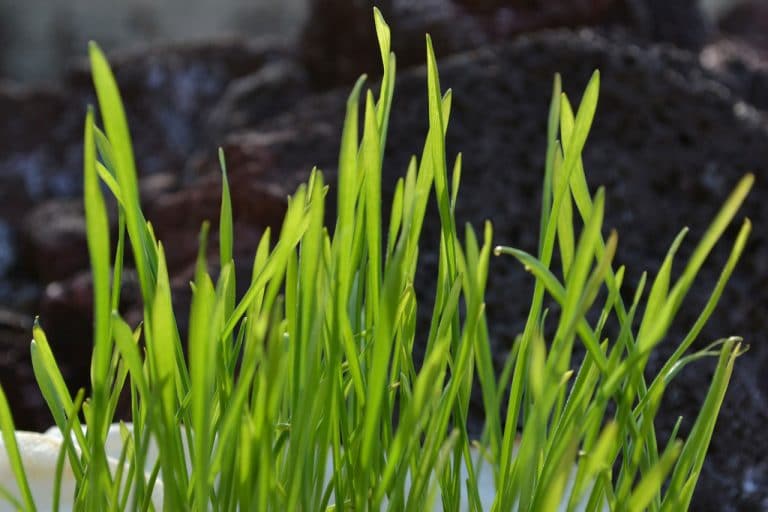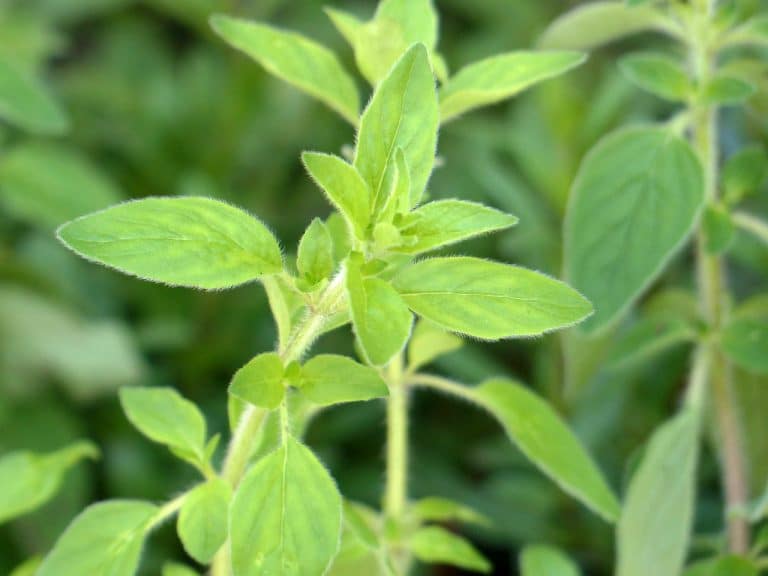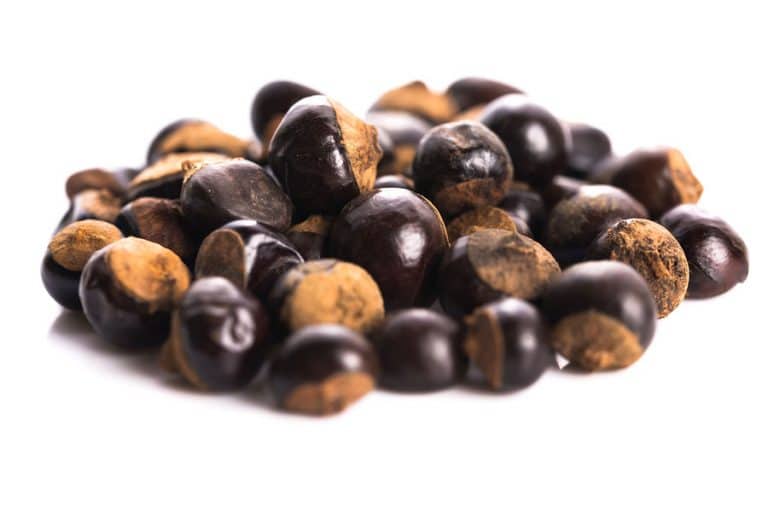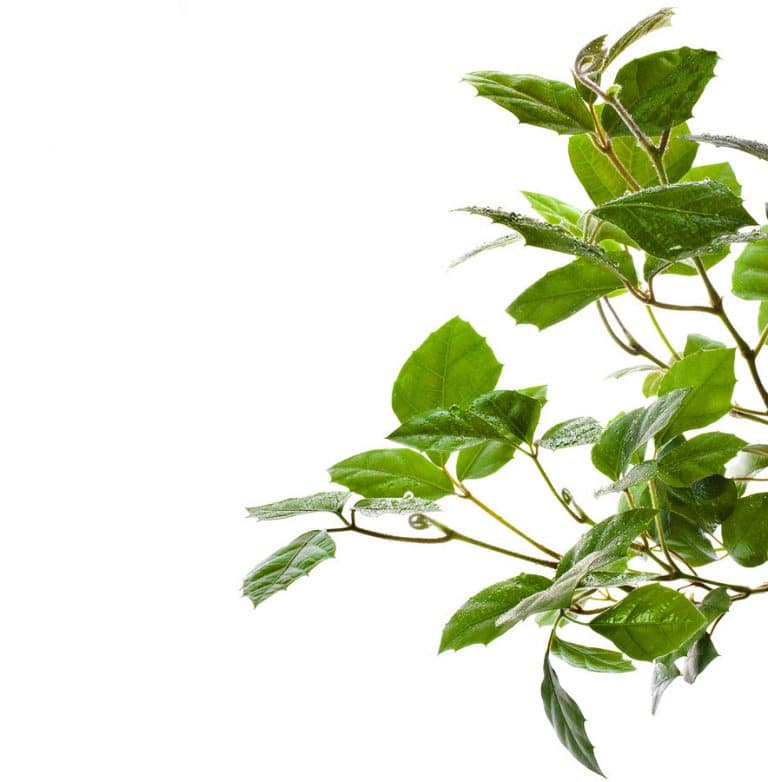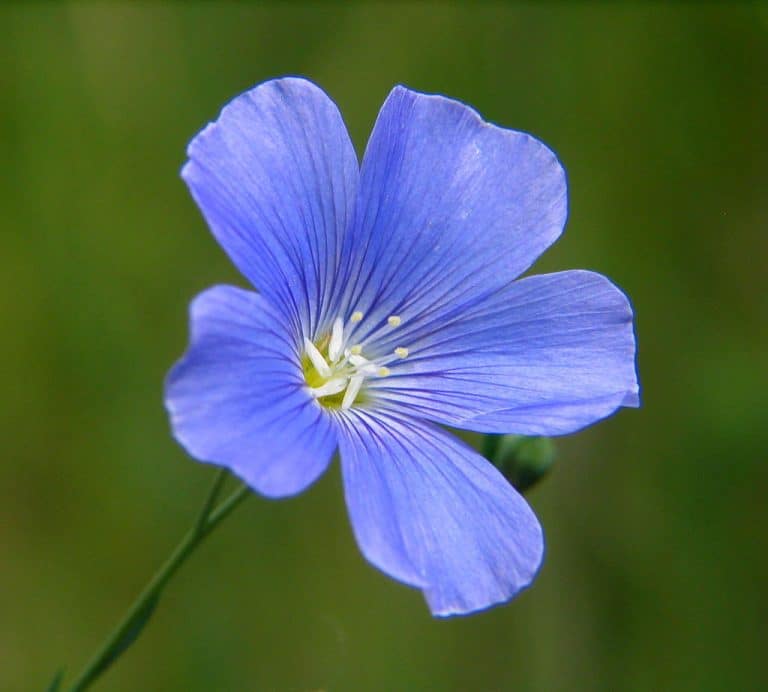Damiana
Scientific Classification
| Kingdom: | Plantae |
| (unranked): | Angiosperms |
| (unranked): | Eudicots |
| (unranked): | Rosids |
| Order: | Malpighiales |
| Family: | Passifloraceae |
| Genus: | Turnera |
| Species: | T. Diffusa |
| Binomial name: | Turnera Diffusa |
Damiana is a kind of shrub found in Central America, South America, Mexico, and also in the southwest part of Texas. It is a flowering herbaceous plant belonging to the Passifloraceae family and is technically known as Tumera diffusa. It is usually grown as a small shrub with toothed leaves and small yellow fragrant flowers that bloom during the late summer months from July to September. The shrub consists of many essential oils, which gives the herb a powerful spice-like aroma similar to chamomile. People in South and Central America use its leaves for making incense and tea because it is believed to have a relaxing effect on the mind and body. It was considered as an aphrodisiac and its leaves were used by Mexican Indians for making tea. Researchers proved that it has a positive effect on the libido hence it is used as an aphrodisiac in modern times as well.
History
Damiana had a very important role in the ancient times, especially in making medicines. It was used to cure different type of illnesses and conditions like anxiety, menstrual irregularities, anti depressant, gastric ulcers, constipation, bed-wetting, sexual inadequacy, depression and debilitation. It was believed that Damiana was best to use as a cough-suppressant, diuretic, tonic, mild laxative, and mainly as an aphrodisiac. Over 100 years ago, it was mentioned in scientific literature about its use as an effective aphrodisiac. In earlier days, the Mayan civilization used this herb as an aphrodisiac. They also utilized it for loss of balance and dizziness. The Spanish missionaries revealed that this beverage was used by Mexican Indians to increase their strength in sexual activities. In Mexico, Damiana was also used to treat asthma, bronchitis, diabetes, dysentery, neurosis, headaches, paralysis and stomachaches.In the United States, Damiana elixirs and Damiana leaf were recorded in the National Formulary from 1888 to 1947.
Anatomy
Damiana is a low growing plant that reaches up to 1-2 m height. It has toothed leaves that grow up to 10-25 cm and are isolated, oblong, with serrated margins and are soft. Its leaves have a strong smell and its flavor is pleasant and aromatic. Little yellow flowers blossom from the beginning to the end of summer. These yellow flowers are accompanied by small fruits with a perfumed smell and fig-like taste. The leaves of this plant are full of medicinal value and it is harvested during the flowering seasons.
Habitat
The Damiana herb is a hardy plant and prefers a hot and humid climate. It is cultivated throughout the Gulf of Mexico, Southern parts of California, Central America, and the West Indies. In these parts, cultivation of Damiana occurs on a significant scale and the herbs are also found growing wild. The herb flowers in the summer when the harvesting of the leaves is done. Damianas stems and leaves are utilized in making medicines.
Soil
The Damiana can thrive in any soil type but it prefers neutral, acidic, dry and alkaline soil. It will flourish well if the soil has a pH value of 6.5 to 8.5. It doesnt require any fertilizers to grow.
Temperature
Damiana is a perennial plant and it thrives well in full sun. It does not prefer shade. It grows well in a high temperature area. Hence, while placing this plant in sheltered or unsheltered areas, make sure that it gets bright sunlight to grow well.
Planting
Damiana seedling can be planted in a pot in the early spring. The roots should be covered completely with pot soil. Water the soil till the 2 inches deep soil gets wet. Keep the pot in a sheltered or unsheltered area with enough sunlight. It can be transplanted to a well drained soil in early summer. Holes should be big enough to accommodate the big root balls and should be completely covered with soil. There should be a space of 2 to 3 feet between the plants.
Watering
Damiana is a drought resistant plant; hence regular watering is not required. Water should be applied only when the soil gets completely dried. It cannot grow in waterlogged soil; hence care should be taken while watering.
The Advantage of Using Damiana as Herbal Medicine
The herbal properties of Damiana are, technically, referred to as thymoleptic, that is, they possess a life enhancing and stimulating action on the body and the mind of the affected person. It was used as a traditional medicine for many ailments for which reason, it is not surprising to find Damiana in many herbal medicine books and reports. Its use is still continued in the modern times. Herbalists include Damiana in several medicines in combination with other herbs. It is still available in the market in the form of tonics, tinctures and extracts. Damiana is used to make medicines for several problems like headache, nervousness, stomach ache and constipation. This herbal remedy is normally prescribed for the treatment of individuals who are suffering from depression, bed wetting and mainly as a medication for sexual problems and enhancing strong sexual activities in both sexes. That is why it is also called as an aphrodisiac. In early times, it was a main ingredient in Mexican alcoholic beverage and it was believed that people inhaling Damiana will feel high. Care should be taken while using Damiana medicines or supplements as can affect the sugar level in the blood. Use of Damiana can cause blood sugar level to decrease, hence the blood sugar levels should always be monitored and the herbs should be used accordingly.
Application
Damiana is a natural herbal supplement. Generally, Damiana is used in powdered form or an essence is made out of it, or even used directly. Around 2 to 4 grams of dried leaves can be taken or the same amount of leaves can be mixed with boiling water of approximately 150 milliliters and used 3 to 4 times a day. Similarly, 2 to 4 milliliters of Damiana essence or tincture of 0.5 to 1 milliliter can be used 3 or 4 times a day. Capsules or tablets of 3 to 4 grams made from Damiana can also be taken 3 to 4 times a day. Powdered Damiana leaves of around 325 to 650 milligrams per dose can be used, but blood sugar levels should also be monitored simultaneously. Till now, the exact working mechanism of this herb is unknown, but it is proved that the leaves and the flowers of this plant are non-toxic. Consulting a medical expert before using Damiana is advisable.
Children (under 18 years old)
Though it has been studied in combination with other agents, no clinical studies have provided the basic dosage of Damiana for children under 18 years old.

Having discovered a fondness for insects while pursuing her degree in Biology, Randi Jones was quite bugged to know that people usually dismissed these little creatures as “creepy-crawlies”.

